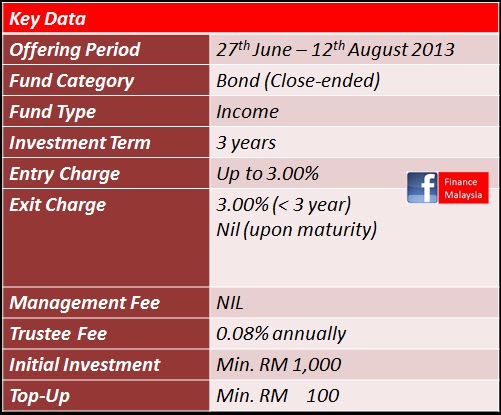Fancy getting rich? Here are the rich man’s habits.
Seminars, webinars, Social events/ gatherings, book launches... These right here are some of the main events circled on the rich people’s calendars!
Ever wonder why?
At one of the many book launches I have been to I had a chance to chat up the local best-selling author Azizi Ali, brilliant mind I must say. He told me that the number of books published in a country mutually relates to the wealth of the citizens.His explanation therefore was the more publications per annum, the more the development countrywide hence increase in the wealth of the individuals.
Not so long ago while I was at a luncheon with this brilliant friend of mine, he mentioned that “rich people seldom eat alone”. I was quite ecstatic because this is a habit that I unknowingly practiced for quite a while now. What he said is totally true come to think about it. Its quite funny that there is an entire book dedicated to this subject “Never Eat Alone”. If you read this book, you will learn a thing or two and where you have been going wrong all his while.
According to the above scenarios, did you notice the common customs of the rich people?
Ask yourself why the rich become richer, the poor become poorer and the “Average” stay stagnant?
THE RICH ENJOY READING. TREMENDOUSLY!
In this dynamic era, the rich still find time to read despite the diverse media. They have plenty to choose from that is to say magazines, books, newspapers, and of course the internet which is the most dominant of them all.
In this world we live in, you have got to spend money to make money. I know it may sound cliche but take a look at the those thousand dollar seminars and courses, they are always full to the bream! They never go unattended, why? Simply because the rich love to learn. If you fancy an opportunity to meet all these filthy rich people all congregated in one room, I suggest you attend one seminar or course in the area near you. Trust me.
Now I understand not everyone has a couple of thousands of dollars at their disposal that is why I advise you to get familiar with the term webinars. This term is a derived from two words that is to say web and seminar. Thanks to technology we now have webinars which you too can enjoy from the comfort of your couch. They are always scheduled to happen at some stipulated time over the internet. Usually there is a number of slots available depending on the organiser of the webinar. Guest speakers and renowned financial consultants are the people that run these webinars.
Are you rich yet?
NO! Me neither. So until we all regard ourselves rich, let us acquaint ourselves with the these terms below:
● Seminars
● Book launches
● Webinars
● Courses
● Social events/ gatherings
This way, we will keep track of the rich and hey we could be involved in their circles.
Thank me later!
This is a guest post by KCLau. KCLau is the best selling author of Top Money Tips for Malaysians. His popular personal finance blog is one of the most visited websites in the financial blogosphere with thousands of email subscribers. He also hosts regular and free online financial training featuring different financial experts. You can follow his latest updates by visiting www.KCLau.com.
























